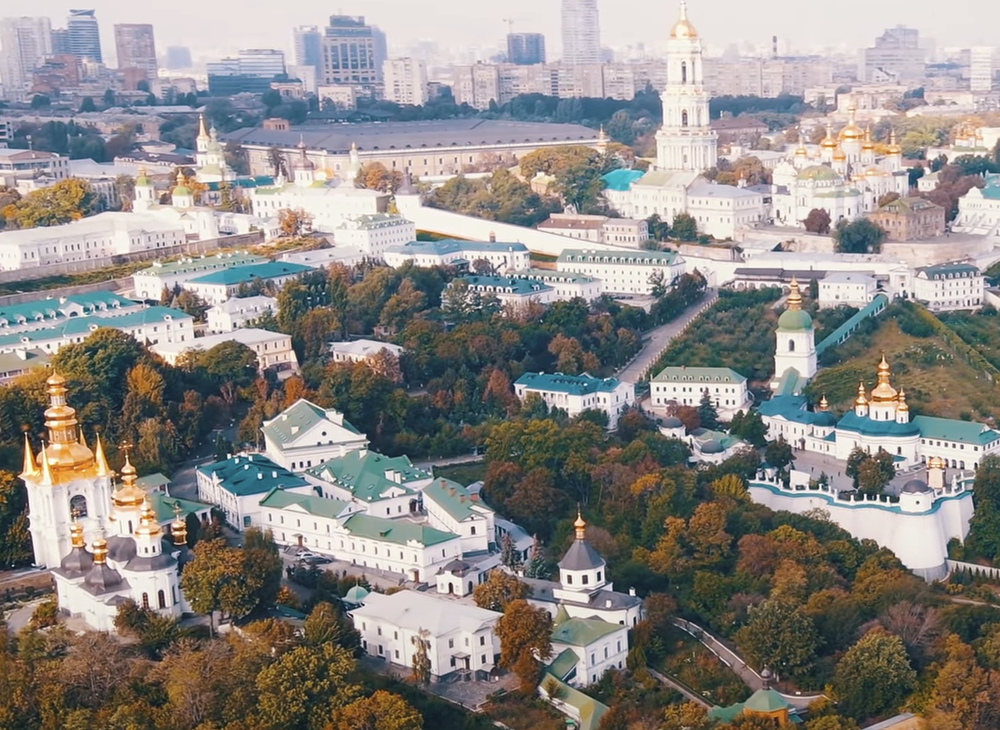If you look up the word “Byzantine” in an online dictionary you will find two definitions — one quite literal and the second rather abstract.
The first definition isn’t all that hard to grasp: “relating to Byzantium (now Istanbul), the Byzantine Empire, or the Eastern Orthodox Church.”
The second definition is the one that best applies to this week’s “Crossroads” podcast and post, the one with this headline: “Eastern Orthodox converts, Russian spies, the FBI and the Bible Belt (#horrors).” Here’s that second meaning for Byzantine, as an adjective: “(of a system or situation) excessively complicated, and typically involving a great deal of administrative detail.”
That is certainly true and, to be blunt, there are journalists covering the painfully divided world of Eastern Orthodoxy — think Ukraine, of course — who should read that second definition several times and then meditate on it.
This is a classic case of journalists, as my journalism mentor used to say, needing to learn to “know what they don’t know.” There are subjects so complicated that, even if you think of yourself as an insider (I am a convert to Orthodox Christianity and have studied church history at the undergraduate and graduate levels), you need to approach them with great care.
This brings me to this weekend’s “think piece” from the must-bookmark website called Orthodox History: “How Did Orthodoxy Get Into This Mess?” It was written by the website’s editor, Matthew Namee, who a lawyer who serves as General Counsel and Chief Operating Officer for Orthodox Ministry Services. He is also a friend of mine and a colleague and in work linked to the Saint Constantine College in Houston.
What does “this mess” mean, in the headline? Basically, the “mess” is the early 21st century. To dig into this puzzle requires (#DUH) understanding the tragedies of the 20th century: This essay is very complex — “Byzantine,” even — but I will note a few (rather long) passages.







